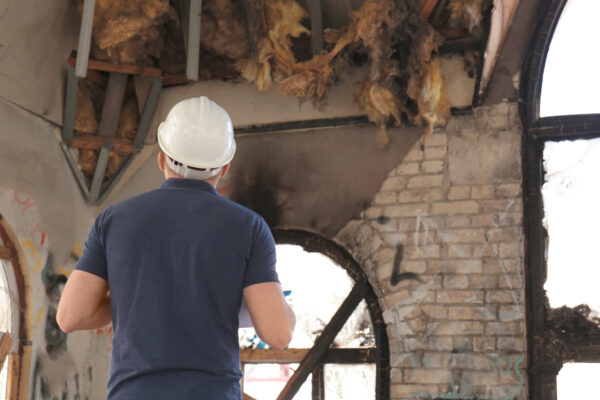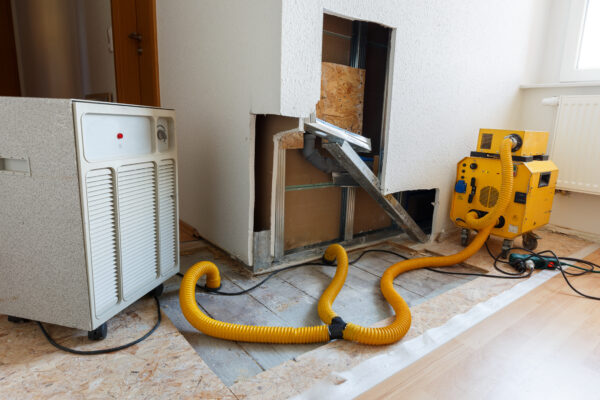For policyholders navigating the aftermath of water and flood damage, the specter of mould growth becomes a significant concern. In this realm, mould remediation takes centre stage, and understanding its dynamics within the context of insurance claims is crucial for those seeking comprehensive coverage.

When water infiltrates a property, whether through floods or leaks, policyholders face the immediate risk of mould infestation. Beyond structural issues, mould poses health risks, making efficient remediation a priority. This underscores the importance of policyholders having a clear understanding of their coverage when confronted with water-induced mould problems.
The swift onset of mould growth, typically within 24 to 48 hours after water exposure, adds urgency to the equation. Policyholders, working with their insurance providers, need to ensure prompt responses to mitigate potential health hazards and minimize the extent of damages, ultimately reducing associated costs.
Insurance policies tailored for policyholders should explicitly address mould-related issues arising from water damage. Clear communication between policyholders and insurers is paramount to ensure that coverage adequately encompasses the nuances of mould remediation.
Collaboration with mould remediation professionals such as Reinstate is a shared interest between policyholders and insurers.
In conclusion, for policyholders grappling with mould remediation post-water and flood damage, the intersection of property protection and insurance claims is paramount. Proactive measures, clear communication with insurers, and collaboration with certified professionals are essential components in navigating mould-related challenges effectively. Policyholders, armed with a comprehensive understanding of their coverage, can confidently address water-induced mould problems and ensure fair compensation for remediation efforts.
**Health Implications: Safeguarding Vulnerable Individuals**
Beyond the visible structural concerns, the impact of mould growth post-water and flood damage extends to human health. This is particularly concerning for vulnerable individuals, such as the elderly, young children, and those with pre-existing health conditions.
**1. Respiratory Issues:** Mould releases spores into the air, and when inhaled, these microscopic particles can trigger respiratory problems. For vulnerable populations, like the elderly or individuals with respiratory conditions, exposure to mould spores can exacerbate issues such as asthma or allergies.
**2. Immunocompromised Individuals:** Those with weakened immune systems, whether due to age, illness, or medical treatments, face heightened risks. Mould exposure can lead to infections, posing serious threats to individuals already grappling with compromised immune function.
**3. Allergic Reactions:** Mould is a known allergen, and exposure can induce allergic reactions in sensitive individuals. Symptoms may range from mild, such as nasal congestion and skin irritation, to severe reactions that necessitate immediate medical attention.
**4. Neurological Effects:** Some studies suggest a potential link between prolonged exposure to indoor mould and neurological symptoms. While research in this area is ongoing, policyholders should be mindful of any potential impact on cognitive health, especially in vulnerable populations.
For policyholders dealing with water-induced mould problems, the health implications underscore the urgency of prompt remediation. The collaboration between policyholders, insurers, and mould remediation professionals is not only about preserving the property but also safeguarding the well-being of those residing within.
Policyholders should communicate any health concerns or pre-existing conditions when dealing with water-related claims. This information becomes crucial for insurers to tailor the remediation process, ensuring that vulnerable individuals receive the necessary attention and that the remediation plan considers their specific health needs.
In essence, addressing mould growth after water and flood damage goes beyond property preservation—it becomes a vital component of ensuring the health and safety of occupants, particularly those who may be more susceptible to the adverse effects of mould exposure. Vigilance, timely action, and open communication with insurers are key elements in this holistic approach to mould remediation.

